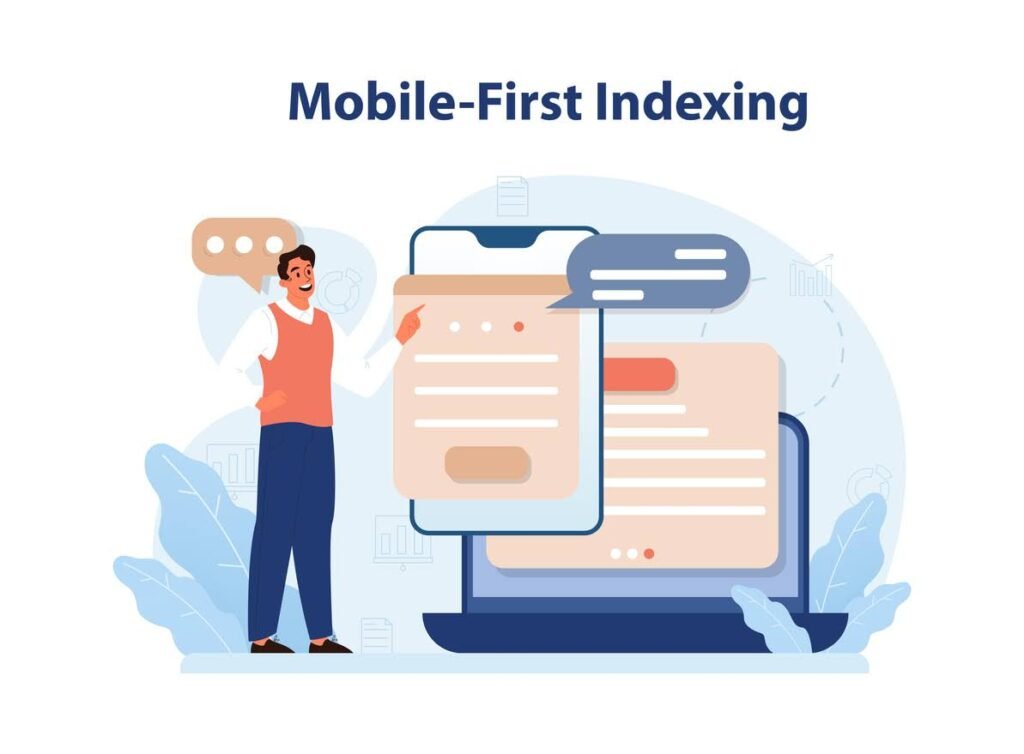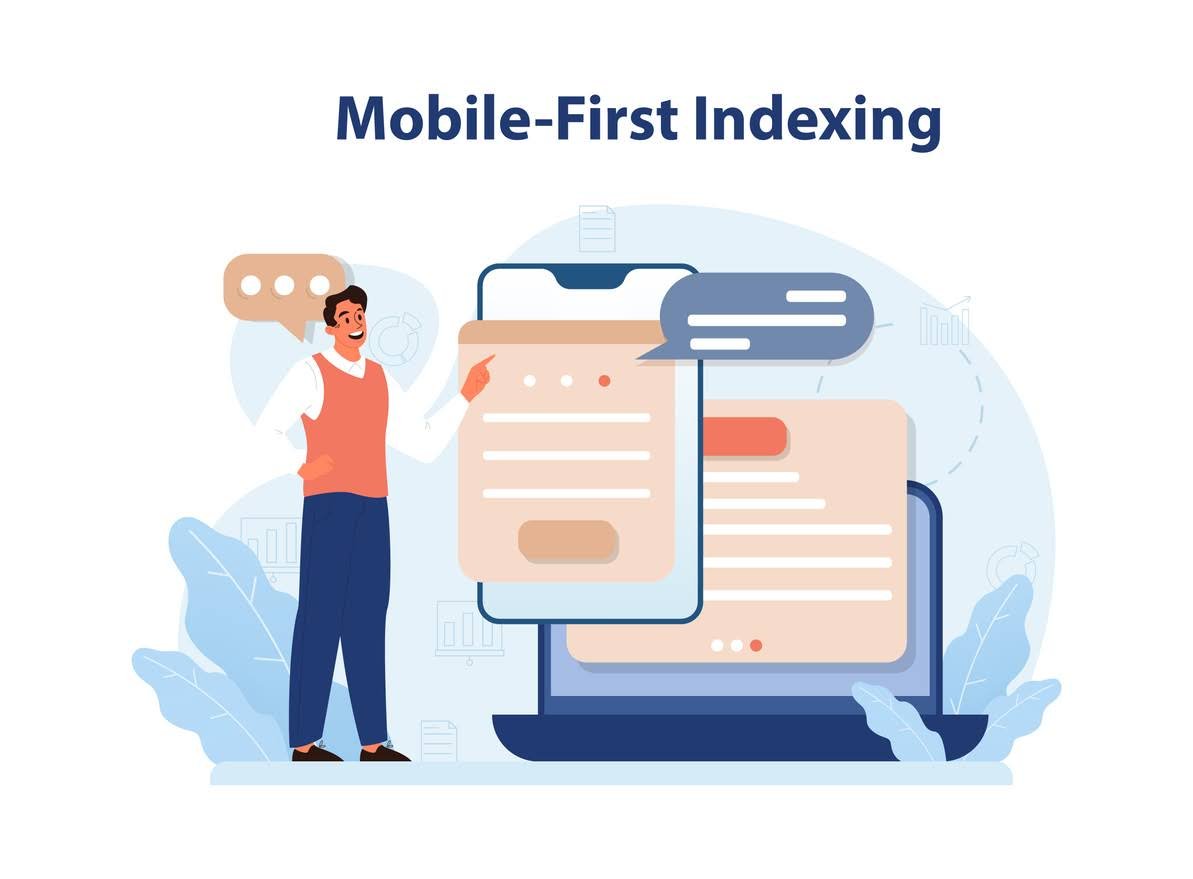
In today’s digital landscape, the importance of mobile-first indexing for SEO success cannot be overstated. As mobile devices continue to dominate internet usage, Google’s shift to mobile-first indexing reflects the changing behavior of users. Websites that fail to adapt to this mobile-centric environment risk falling behind in search rankings, which can have a significant impact on their online visibility and business performance. Lets explore the significance of mobile-first indexing, its implications for SEO, and how tools from Sitelinkpro can help ensure your website is optimized for this new standard.
Understanding Mobile-First Indexing
Mobile-first indexing means that Google predominantly uses the mobile version of the content for indexing and ranking. Previously, Google’s crawling, indexing, and ranking systems typically used the desktop version of a page’s content. However, with more people accessing the web via mobile devices, Google has shifted to prioritize mobile content in its search algorithms.
This change means that if your website’s mobile version is not optimized, your rankings on Google could suffer, even if your desktop site is fully functional and optimized. Therefore, it is essential to ensure that your website is mobile-friendly, fast, and provides a seamless user experience across all devices.
Why Mobile-First Indexing Matters for SEO
1. Mobile Traffic is Dominant: Mobile devices have overtaken desktops as the primary way people access the internet. With over 50% of global web traffic coming from mobile devices, ensuring that your website performs well on mobile is crucial for maintaining and improving your search engine rankings.
2. Google’s Algorithm Prioritizes Mobile: Google’s algorithm now prioritizes mobile-friendly websites. Sites that are not optimized for mobile may experience a drop in rankings, which can lead to a significant decrease in organic traffic. Mobile-first indexing means that your mobile site must not only exist but also perform well to maintain your SEO success.
3. User Experience is Key: A mobile-friendly website improves the overall user experience, which is a critical factor in SEO. Google considers metrics such as bounce rates, time spent on site, and page load speed when ranking websites. A poorly optimized mobile site can lead to a higher bounce rate and lower engagement, negatively affecting your SEO performance.
4. Competitive Advantage: Businesses that prioritize mobile-first indexing gain a competitive edge. As more companies optimize their websites for mobile, those who do not risk being left behind. By focusing on mobile-first SEO strategies, you can stay ahead of the competition and attract more organic traffic.
How to Optimize for Mobile-First Indexing
1. Responsive Design: Implement a responsive web design that automatically adjusts to fit different screen sizes and resolutions. This ensures that your website provides a consistent user experience across all devices, whether on a smartphone, tablet, or desktop.
2. Improve Page Load Speed: Page load speed is a critical factor for mobile SEO. Users expect fast loading times, and Google’s algorithms prioritize websites that load quickly on mobile devices. Optimize images, leverage browser caching, and reduce redirects to improve your mobile site’s speed.
3. Simplify Navigation: Mobile users prefer simple, intuitive navigation. Ensure that your website’s menu is easy to access and use on smaller screens. Consider using a hamburger menu, sticky navigation, or a simplified layout to improve the mobile user experience.
4. Focus on Content: Make sure that your content is accessible and readable on mobile devices. Use larger fonts, shorter paragraphs, and bullet points to make your content easier to consume on smaller screens. Additionally, avoid using Flash and other outdated technologies that are not supported on mobile devices.
Enhance Your Mobile Optimization with Sitelinkpro Tools
As you work to optimize your website for mobile-first indexing, Sitelinkpro offers tools that can help you achieve better results:
1. PNG to JPG Converter: High-quality images are essential for a visually appealing website, but large image files can slow down your site’s load time. Sitelinkpro’s PNG to JPG converter allows you to reduce image file sizes without sacrificing quality, ensuring that your mobile site loads quickly and efficiently.
2. English Dictionary: Clear and concise content is crucial for mobile users who often skim through text. Sitelinkpro’s English dictionary tool can help you refine your language, improve readability, and ensure your content is accessible and engaging for mobile audiences.
3. Remove Image Background: Clean, professional images can make your website stand out, especially on mobile devices. Sitelinkpro’s remove image background tool helps you create polished visuals that enhance your content’s appeal, contributing to a better user experience and higher engagement rates.
Mobile-first indexing is no longer an option; it’s a necessity for SEO success. As Google continues to prioritize mobile content in its search algorithms, businesses must ensure that their websites are fully optimized for mobile users. By focusing on responsive design, improving page load speed, simplifying navigation, and refining content, you can enhance your site’s mobile performance and maintain a competitive edge in search rankings. Tools from Sitelinkpro, such as the PNG to JPG converter, English dictionary, and image background remover, can further support your efforts by improving your website’s speed, readability, and visual appeal. Embrace mobile-first indexing today to secure your website’s place at the top of search results.




